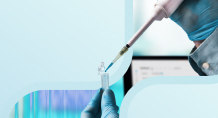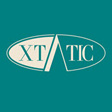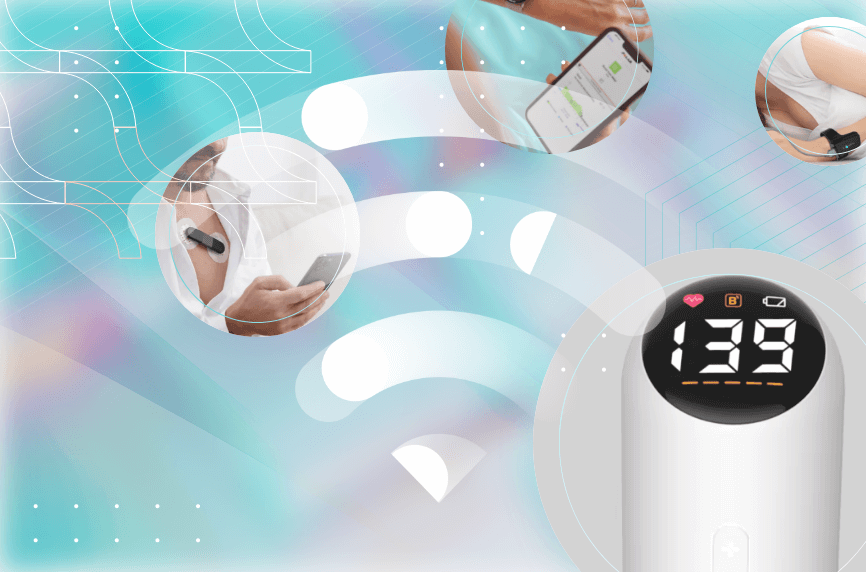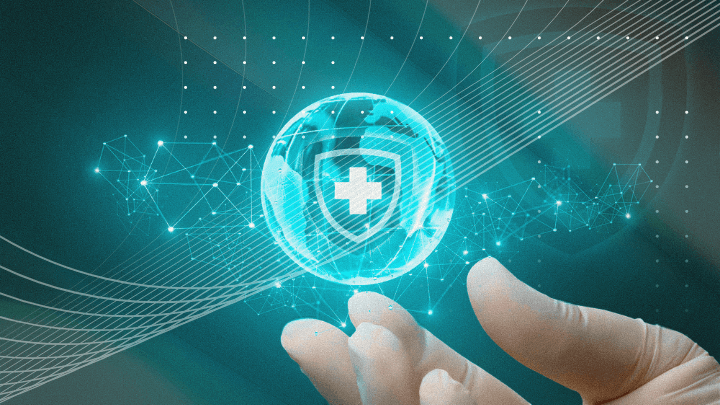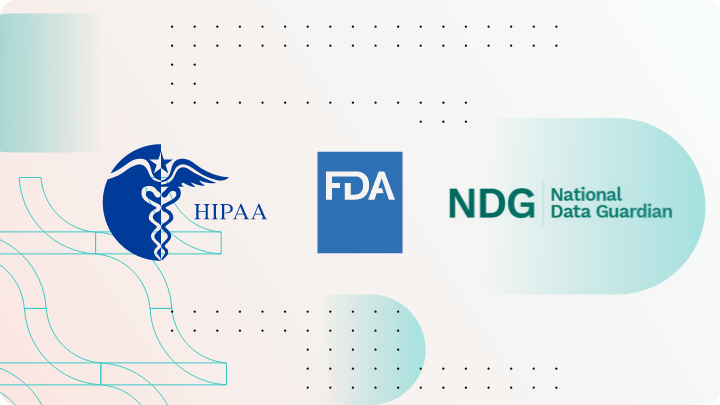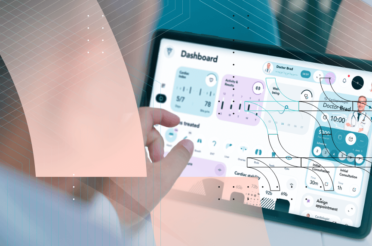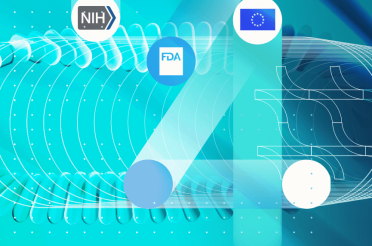The Internet of Things (IoT) is a network of interconnected devices that communicate and share data with each other. It also enables more efficient systems across industries.
Before we dive into the essence of the Internet of Medical Things in this article, we must understand that IoT can mean different “things” in different environments and industries. Any device, which is internet-connected with the ability to collect, transfer, and analyze data over a network is considered a “thing” in the IoT ecosystem.
The Internet of Medical Things (IoMT) is also known as healthcare IoT and it includes the network of connected medical devices, software applications and hardware infrastructure, which are used to connect healthcare information technology.
Today we will explore and define everything you need to know about the Internet of Medical Things, its security landscape, the role of encryption and authentication, regulatory and compliance considerations for IoMT security, and more.
What Is The Internet of Medical Things (IoMT)
The Internet of Medical Things (IoMT) transforms the safety of patients and it also provides real-time data and alerts to detect issues before they become critical. By connecting devices, people, and systems, IoMT can save lives with instant access to information and significantly improve patient care and service.
In the medical industry, any healthcare device connected to a healthcare provider’s network is referred to as a “medical IoT device” or just an IoMT device. These devices serve numerous functions, from monitoring heart rates to taking temperatures, and encompass a wide array of IoMT devices.
To give you specific examples, the devices could be:
- Smart thermometers;
- Medical imaging systems;
- Healthcare device gateways;
- Infusion pumps;
- Biosensors integrated into wearables (for in apparel use or implanted inside the human body);
- Hospital asset tracking;
- Remote patient monitoring;
- Smart hospital solutions;
- Remote care delivery, and others.
IoMT allows wireless medical devices to securely communicate over the Internet for rapid analysis of medical data. It is transforming healthcare, with the market expected to reach $861.3 billion by 2030.
Due to the sensitivity of healthcare information and the strict regulations, IoMT demands a more comprehensive security infrastructure compared to other IoT systems, which we will tackle in the next paragraph.
Understanding the IoMT security landscape
Greater connectivity of devices in the healthcare industry also means greater risk of vulnerabilities and threats.
Over 50% of medical devices are unmanaged, meaning they can transmit data to other connected devices, systems, or networks but aren’t protected by traditional monitoring tools like security agents and scans. As the number of unmanaged medical and non-medical devices and sensors in hospitals and clinics increases, the risks to patient safety tend to escalate.
Unit 42® researchers at Palo Alto Networks analyzed data from over 200,000 infusion pumps in healthcare organizations and found significant security concerns. Their findings revealed that 75% of the infusion pumps had known security gaps, making them vulnerable to cyberattacks.(2)
These devices were exposed to 40 known cybersecurity vulnerabilities and 70 other types of security shortcomings. The healthcare sector is a prime target for attackers, with compromised medical devices posing risks such as patient safety threats, data breaches, ransomware, malware attacks, device hijacking, and regulatory compliance issues. These vulnerabilities highlight the urgent need for improved security measures in healthcare IoT devices.
Some of the attacks on connected devices that pose risks on healthcare organizations can include:
- Ransomware;
- Patient safety;
- Data leaks;
- Device hijacking;
- Malware attacks;
- Regulatory compliance problems, and others.
Key challenges in securing IoMT devices
The healthcare sector has been the top target for data breaches, with significant concerns not only about confidential data but also potential life-threatening disruptions to patient care. Ransomware has become a major threat, turning cyberattacks into a lucrative business model for criminals.
Let’s discuss some of the major challenges faced when incorporating the IoMT:
- Expanding the attack surface: The interconnectedness of devices in healthcare, such as smart medical devices, printers, and surveillance systems, increases the attack surface. The coexistence of OT, IT, IoT and medical devices and the poor network segmentation between them can lead to lateral movement of threats, disrupting patient care.
- Complexity of the healthcare environment: The diverse range of devices and systems in healthcare makes tracking assets and managing vulnerabilities challenging. Hospitals deal with numerous medical device vendors and mobile devices, increasing the risk of misplacement and loss.
- IoMT devices lack built-in security: Many medical devices lack strong security controls as their design focuses on outcomes and regulatory compliance rather than security. Legislation like the PATCH Act aims to hold manufacturers accountable for securing new medical devices.
- Legacy technology poses cybersecurity risks: Medical devices often have longer lifecycles and may remain unpatched due to concerns about FDA certification and patient care impacts. The high cost of replacing medical equipment means outdated devices may operate beyond their supported software lifetimes.
- Scans and NAC don’t understand context: Vulnerability scans and network access control (NAC) tools often lack real-time monitoring and contextual understanding of device behavior. Devices may introduce new risks by moving between networks or being offline during scans.
- Vulnerability scans can disrupt care: Medical devices are sensitive to vulnerability scans, which can cause them to crash and disrupt patient care. Malfunctions during critical procedures, like surgery, can have severe consequences.
Last but not least, poor segmentation between clinical engineering and IT networks is a risk. Hospitals typically have flat networks with separate biomedical and IT security teams, creating silos. This lack of integration increases exposure to threats, as seen with the WannaCry malware attack affecting many healthcare organizations.
Discover how we can help outsource Healthcare projects efficiently Speak to an expert today, and see how our on-demand IT talent and augmented teams can efficiently deliver value at every step of your roadmap.

Best practices for securing IoMT data
Since we have already outlined the risk factors and the challenges faced by the IoMT devices, it’s time to tackle in detail what are the best practices for securing the patients’ IoMT data.
Medical device inventory management
According to Gartner, most healthcare organizations’ security and IT teams don’t have a comprehensive, accurate, and updated inventory of their medical devices.
In order to effectively manage clinical and cybersecurity risks, it is essential to know all the devices on your network, including their locations and expected behaviors. By tracking both physical and virtual assets in real-time throughout the patient journey, healthcare organizations can better protect their ecosystem from cyberattacks and downtime.
Security risk management
Hospitals must be aware of the dangers connected to each of their technologies in order to set priorities for countermeasures against security lapses and vulnerabilities.
In order to identify and evaluate these risks and the existing security controls, a medical device cybersecurity assessment program is designed. With the help of a comprehensive and detailed report of each device and its associated risks, you can assess the potential impact of newly discovered vulnerabilities on your environment.
The end goal for taking these proactive steps will be to help hospitals reduce the likelihood and impact of damaging cyber intrusions.
Device protection
Inter-device relationships can be efficiently profiled and mapped following the assessment of vulnerability and risk management. This helps organizations comprehend how devices within the network communicate in normal conditions.
The data aids in determining the baseline behavior of each device, from which a number of appropriate network policies can be developed, observed, improved and accuracy evaluated. Firewalls and other network infrastructure elements like network access control (NAC) systems can be used to enforce these regulations.
Continuous monitoring and threat detection
If hospitals monitor their networks in real time, they would be able to detect abnormal behavior, device misuse, and breach attempts. Staying updated with U.S. Food and Drug Administration (FDA) recalls and security updates is equally crucial.
It’s essential to have an incident response plan ready in case of an intrusion. Continuous monitoring, along with establishing a knowledge base of all authorized internal and external connections, enables analysts to be alerted to unauthorized behavior.
Effectiveness in this process requires the ability to accurately detect and respond to suspicious medical device communications, underscoring the importance of partnering with a reliable CPS security vendor to address unique IoMT needs.
Cyber hygiene
By practicing cyber hygiene businesses may keep their digital assets in good condition.
Here’s where to begin and take it step-by-step:
- Update firmware and applications on a regular basis.
- Create a system to fix weak points in vulnerable assets.
- Look for a substitute for outdated hardware and software that the seller is no longer supporting.
- Incorporate multi-factor authentication (MFA) and the security principle of least privilege.
Regulatory compliance alignment
Last, but not least, the connected medical device industry needs to comply with national regulations and work closely with regulatory bodies, which can vary by country.
For example in the United States, the Health Insurance Portability and Accountability Act of 1996 (HIPAA), a federal statute, protects patient data, while the FDA controls the medical device market.
Healthcare organizations in the UK are required to utilize the Data Security and Protection Toolkit (DSPT) to show that they comply with the 10 data security requirements set by National Data Guardian.
Future trends and innovations
The future of the Internet of Medical Things (IoMT) looks promising with breakthroughs in artificial intelligence and machine learning leading to better predictive analytics and more personalized patient care.
Blockchain technology will enhance data security and integrity, making patient data exchanges more secure. We can surely say that better security and regulation are top priorities for the future of IoMT.
The advent of 5G networks will bring faster, more reliable connections, boosting real-time remote monitoring and telemedicine services.
Moreover, wearable tech and implantable devices are set to become more advanced, enabling continuous health monitoring and early detection of health issues.
Deliver a world-class Healthcare project–with high-skilled, seamlessly integrated IT talent Learn how from our consultants. We work with clients worldwide.
Conclusion
As a conclusion, there is no doubt that The Internet of Medical Things (IoMT) is revolutionizing healthcare by enabling real-time data analysis and enhancing patient care. However, the increasing interconnectedness of medical devices also raises significant security challenges.
To decrease the impact of these risks, healthcare organizations must implement cybersecurity measures, mentioned above in this article, including continuous monitoring and compliance with regulatory standards.
As IoMT continues to evolve, advancements in technologies like AI, blockchain, and 5G will further improve patient outcomes and operational efficiency, but maintaining stringent security protocols will remain crucial.



